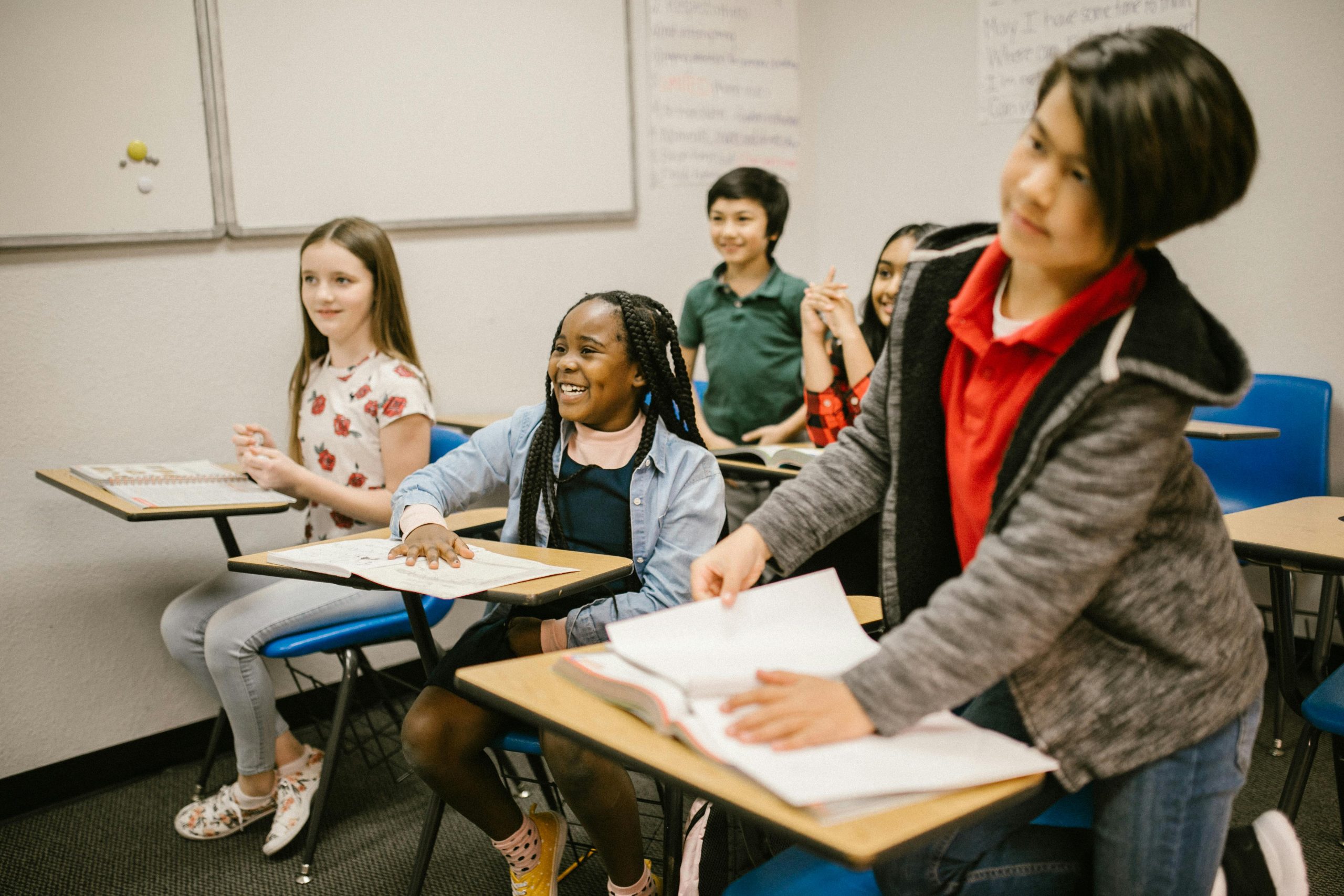The Impact of Lockdowns on Student Development: Which Grades Are Feeling It Most?
As we reflect on the changes brought about by the pandemic, it’s hard to ignore the profound effects lockdowns have had on our children’s education and social development. While there’s no need to delve into the merits of various Covid policies, it’s evident that different age groups experienced unique challenges during these turbulent times.
Take, for instance, my brother, who navigated the disruption of his senior year in college. While it was undoubtedly a blow, I contend that the impact on younger students, particularly those in their formative years, has been far more significant. Consider those who experienced key developmental milestones, such as navigating puberty and forming crucial social connections, primarily through screens and virtual platforms. Their experiences have led to lasting effects that we cannot overlook.
As I presently teach a class of 9th graders, I find myself pondering the extent to which younger grades have been impacted in today’s educational landscape. Which cohorts are exhibiting the most noticeable signs of developmental stunting due to these unusual circumstances?
This reflection raises important questions about how these challenges manifest in the classroom. Are we witnessing academic struggles, social anxiety, or difficulties in emotional regulation? Understanding the specific hurdles faced by different grades is crucial for educators, parents, and policymakers alike as we navigate the ongoing recovery from this unprecedented situation.
In examining the landscape of education post-lockdown, it’s imperative to identify not just the grades that suffered the worst, but also to recognize their unique struggles and learn how to support them effectively moving forward. Let’s continue the conversation about fostering resilience in our students and ensuring that they receive the support necessary to thrive in their educational journeys.




The impact of school lockdowns due to the COVID-19 pandemic has indeed varied significantly across different age groups, each experiencing distinct challenges based on their developmental stage and social needs. Your observation about the struggles faced by teenagers during this period is particularly insightful, as adolescent years are critical for socialization and identity formation.
Grades That May Have Suffered Most
Research has indicated that students in grades 6 through 12 have faced some of the most pronounced setbacks. This is largely due to the unique social, emotional, and cognitive developmental milestones that occur during these years.
Middle School Students (Grades 6-8): These students are at a pivotal point in their social lives, often navigating complex relationships and developing independence. The shift to online learning severely limited opportunities for face-to-face interactions, leading to feelings of isolation. Reports suggest increases in anxiety and depression among middle schoolers during lockdowns, which can have long-term repercussions on mental health and social skills.
High School Students (Grades 9-12): The high school experience is not only academic but also involves significant social development, particularly for those entering their junior and senior years. The lack of in-person engagement can stunt social skills development and limit crucial milestones like prom, graduation, and extracurricular activities. Studies have shown that students in these grades often feel unprepared for college or the workforce, with many expressing feelings of loss regarding their educational experiences.
Signs of Stunting in Students
The impacts you’re witnessing in your 9th graders could manifest in several ways, both academically and socially:
Academic Performance: There may be noticeable gaps in knowledge, especially in foundational subjects like math and reading. Teachers have reported that students are struggling with basic skills that are crucial for high school coursework. If you’re noticing that your students lack confidence in subjects they once excelled at, it may stem from disrupted learning.
Social Skills: As you pointed out, the ability to interact face-to-face has been limited. Many 9th graders might struggle with communication skills, conflict resolution, and forming peer relationships. They may be more anxious in social situations, leading to difficulties in group work or participation in class discussions.
Motivation and Engagement: Students who thrived in a classroom setting may exhibit decreased motivation and lack of engagement in their studies. Frustration can stem from not only academic setbacks but also a general sense of disconnection from their peers and school community.
Practical Advice for Educators
To address these challenges, consider implementing strategies that actively promote rebuilding social and academic skills:
Social-Emotional Learning (SEL): Incorporate SEL into your curriculum to help students process their experiences and develop coping strategies. This approach fosters resilience and improves interpersonal relationships.
Collaborative Learning: Use group projects or peer tutoring systems to encourage teamwork. This not only promotes academic support but also nurtures social interaction.
Engagement Through Creativity: Explore project-based or experiential learning opportunities that allow students to explore subjects in a hands-on way. This could include collaborative art projects, community service, or technology-driven assignments.
Frequent Check-Ins: Regularly assess students’ emotional well-being and academic progress through one-on-one conversations. Providing a safe space for students to express their feelings can help alleviate anxiety and foster a supportive classroom environment.
Focus on Mental Health: If possible, introduce resources like counseling sessions or mental health workshops. Teaching students about mental health can help them understand and navigate their feelings more effectively.
In conclusion, while all grades have faced some level of impact due to the pandemic, middle and high schoolers appear to have been particularly vulnerable. By recognizing these challenges, educators can tailor their support to foster resilience and re-engagement in learning.